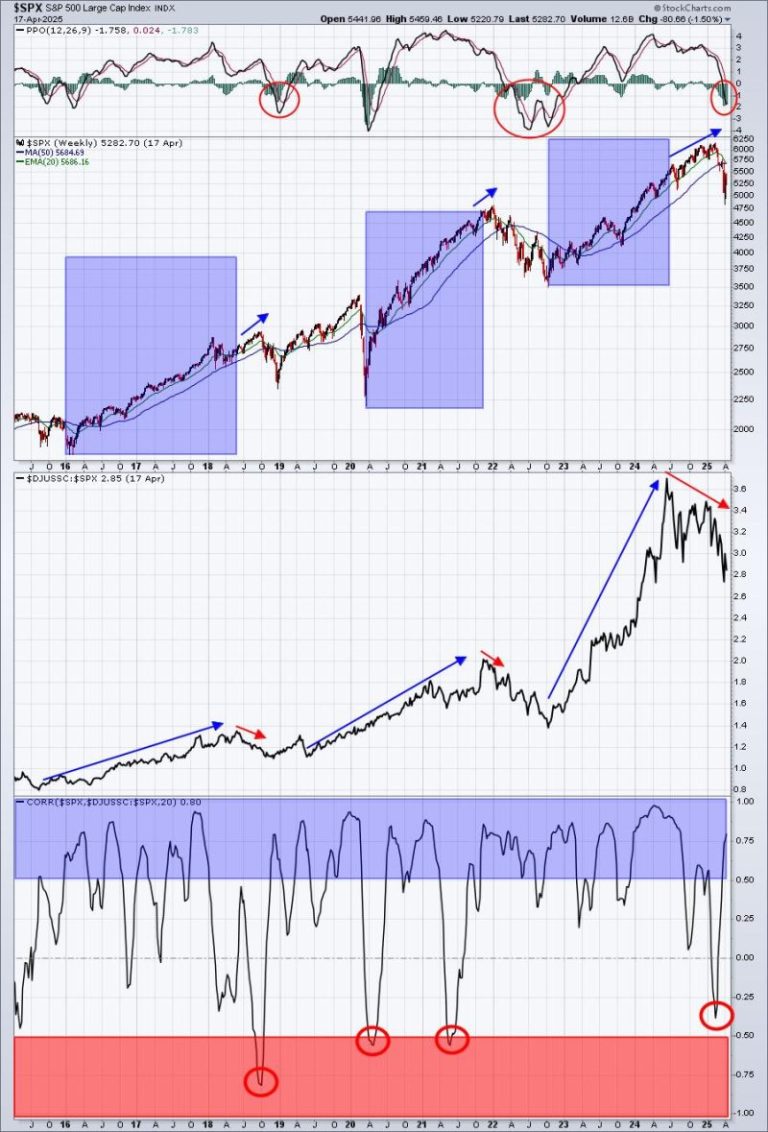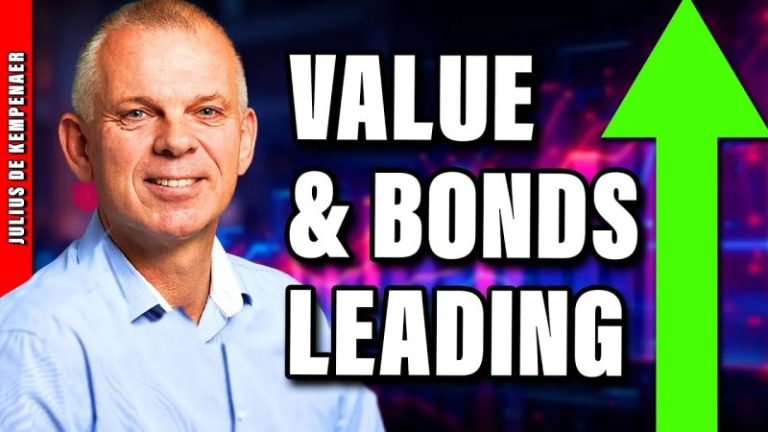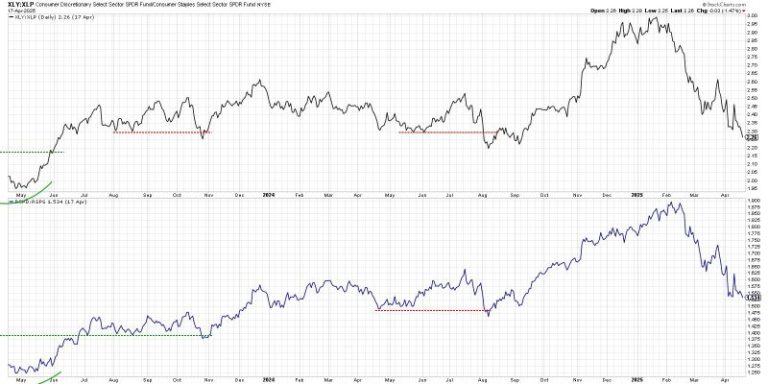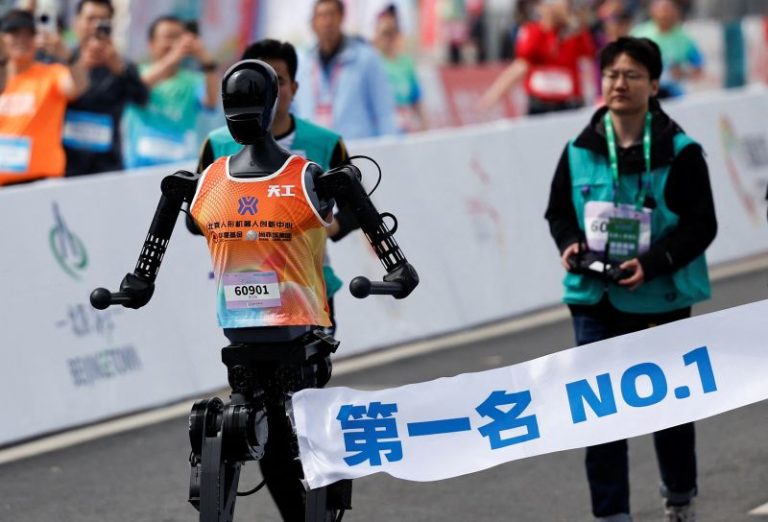Technically, it’s rather clear that we remain in a downtrend. However, not all downtrends are created equal. Some are built to last, while others can turn around quickly. Recognizing the difference is obviously quite important. What most traders/investors cannot grasp is that secular (long-term) bull markets often see corrections or cyclical (short-term) bear markets. Both of these are much, much different than a secular bear market and present tremendous opportunity. Many market participants believe every downturn is the start of a lengthy secular bear market and that’s a problem. Always believing the worst-case scenario makes it incredibly difficult to benefit from cheaper prices by entering stocks during downtrends. By waiting and watching the market move higher again, market participants will be forced to buy back in much higher due to FOMO, or the fear of missing out.
Trading out and then back in purely based on emotion – panicking out and then getting back in due to the fear of missing out – is the exact way to ruin any hope of financial success in the stock market. The first question I’d ask everyone is….do you believe that the big Wall Street firms get out of the stock market (or rotate to safer stocks) before you and me? Then, do you believe they get back into aggressive areas of the market before you and me? If you answered yes to both questions, we have something in common. If you believe that stock market performance is random, then we can’t be friends. (just kidding)
I have a way of proving my theory that Wall Street manipulates all of us and I’ll get to that in a bit. First, though, from a purely technical perspective, there is one major industry group that I look to for relative performance during uptrends and downtrends, an aggressive area that helps to provide us clues about the possible future direction of the overall stock market. When these groups are leading on a relative basis, it’s difficult to keep the S&P 500 down. But when they’re lagging, it opens the door to potential market tops and not-so-great action ahead.
This group shouldn’t be a big surprise.
Semiconductors ($DJUSSC)
Semiconductors are used in so many things that we buy nowadays, so it makes perfect sense that the performance of this industry group not only can determine which way the S&P 500 is going to go, but it also provides us a sense of what Wall Street believes about our economy. As the economy improves (or is expected to improve), this group typically explodes in anticipation of that demand. The following 10-year weekly chart of the S&P 500 and the relative strength of semiconductors ($DJUSSC:$SPX) illustrates perfectly my point:
Since early 2016, the S&P 500 has seen its weekly PPO move below zero four times. Just before or at the time of those bearish crossovers, the DJUSSC rolled over on a relative basis vs. the S&P 500. Wall Street was selling ahead of the crowd, getting out before telling you and me to get out. You can also see in that bottom panel that it resulted in inverse, or negative, correlation. Over the past 10 years, inverse correlation hasn’t happened often. Typically, a strong semiconductor group is accompanied by a strong market, and vice versa.
On the price chart, the blue directional lines on the DJUSSC:$SPX relative price chart mostly accompanies the S&P 500 moving higher (blue-shaded area). Likewise, the red directional lines on the DJUSSC:$SPX relative price chart mostly accompanies the S&P 500 moving lower. But it’s when the DJUSSC and $SPX do NOT move in the same direction that we should take notice.
I believe we’re in a bottoming phase in the stock market. I could certainly be wrong, but I think my track record calling market bottoms is fairly solid. If I’m correct this time, then we should see the DJUSSC start to turn higher on a relative basis on a daily chart. That hasn’t happened yet. Take a look:
On this daily chart, we continue to see very positive correlation, confirming that the DJUSSC and the SPX both tend to move in the same direction. So it stands to reason that if the S&P 500 can clear key price resistance at 5521 and the DJUSSC:SPX relative strength line breaks above its current downtrend resistance, then I’d say the bottom is confirmed. I’d keep an eye on this chart moving forward.
Noise or Reality?
Any time we’re setting new highs or new lows, this is my primary question. Bottoms always form when the market “noise” or “news” is terribly bad. Moving off of lows happens when Wall Street looks 6 to 9 months down the road and sees brighter skies. We can’t feel it, but Wall Street sees it. It’s like we’re brainwashed into believing that today’s bad or uncertain news will carry the stock market lower and lower, when in reality, we’re simply being manipulated as a market bottom approaches.
I want you to join me on Saturday morning, April 19th, at 10am ET for a very important session, “Bear Market 2025: Separate Noise from Reality.” I will discuss several key factors that you need to be aware of RIGHT NOW. You may have already made up your mind as to where the S&P 500 is heading….and that’s totally fine! But making very important financial decisions without considering ALL market angles would be a huge mistake, in my view.
To gain access to our FREE event Saturday, CLICK HERE for more information and to register. Seats are limited, so please register now to avoid being shut out. Also, if you’re reading this AFTER our event, you should still register, because we will be happy to send you a recording of the event to check it out at your leisure.
Happy trading!
Tom










